2 ways how to make jam with and without pectin is a good place to start if you are a beginner who is interested in canning your own jams. Have you ever asked yourself, how to make jam? It is very easy once you know how the basics.
Once you have all the necessary equipment, including canning jars, you’ll be able to reuse these tools for more jams and jellies. The cost is low and the reward is amazing to make something yourself.
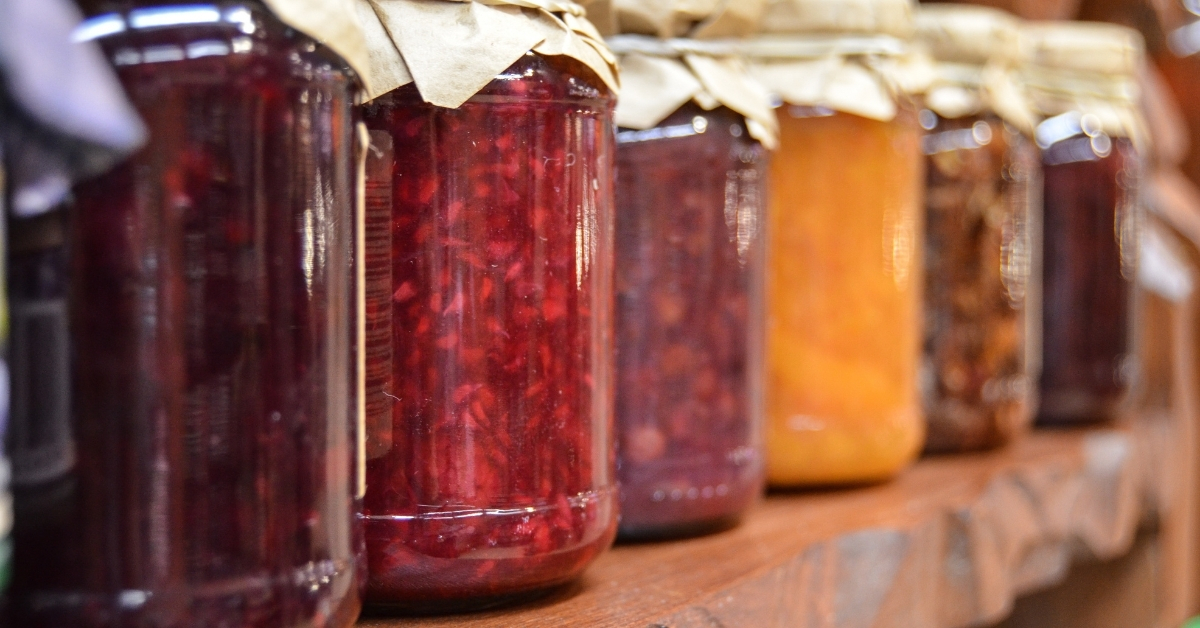
Table of Contents or Collapse to Hide
Other Ways to Enjoy Jams
What a pleasure in the morning to be able to spread homemade jam on breakfast treats. Try jam on Easy Buttermilk Wheat Bread Rolls, check out the blog and recipe for them! We love homemade jams and jellies on the Most Delicious and Fluffiest Sourdough Waffles, check out that post with a free printable recipe, see image above to get your tastebuds happy.
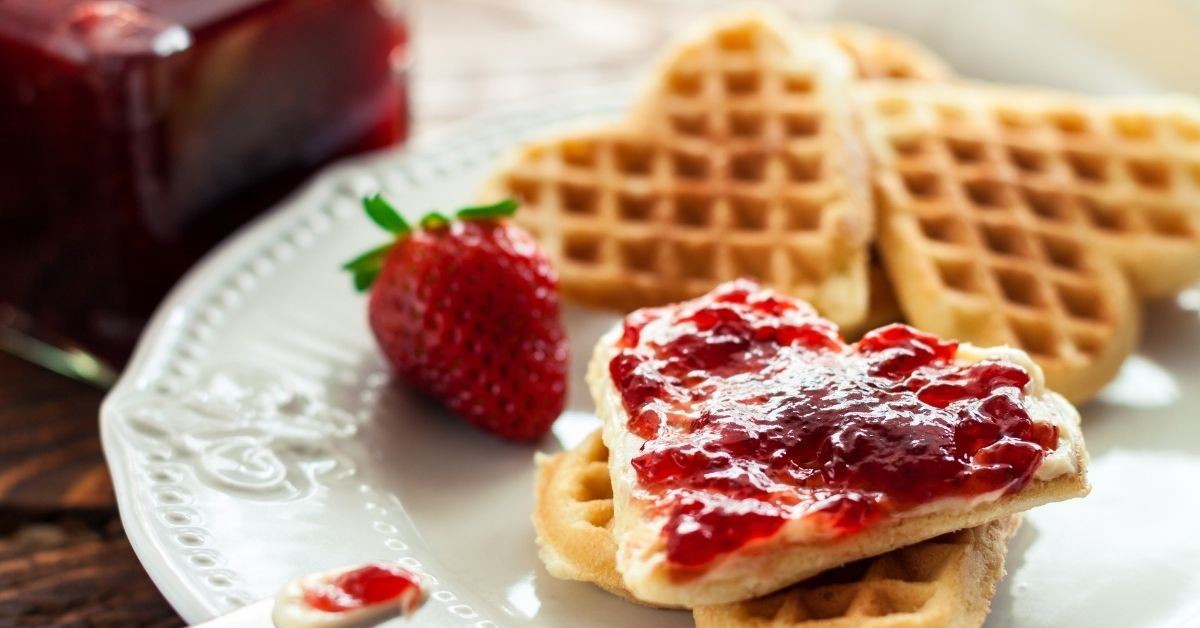
But jam is not only for breakfast. Jams go well with white cheese and yogurt, it spices up pancakes and waffles, compliments your homemade ice cream. I have a blog and video to make a Homemade Ice Cream-Eggless version so you can try your hand at making ice cream with a no-churn, or pre-chill method.
Jams are an essential ally of some desserts (rolled cakes, pies, logs …) and can even be used to accompany salty dishes or to make a sauce!
How to Make Jam and Why You Should
- You can control the ingredients
- Use fresh-picked fruits and vegetables
- Choose the type of sweetener
- No recycling
- Reuse the canning jars over and over
- Accomplishment
- Gifts to give
Using Frozen Fruit for Jams and Jellies
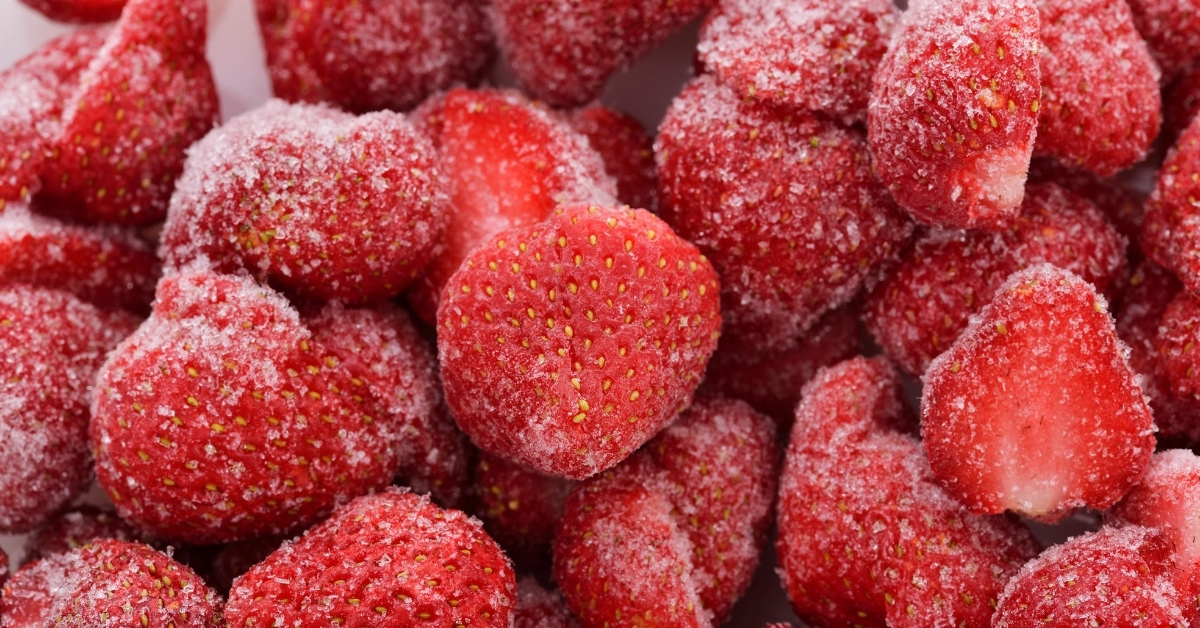
You can definitely use frozen berries when making jams and jellies. I do it all the time. During the summer we pick strawberries from our garden and a local u-pick farm and freeze the berries. I usually do a lot of canning during the wintertime on my woodstove since the area gets very hot from the water-bath canner and pressure canner during the summer.
Watch the Video How to Make Jam
What is the Difference Between Jam and Jelly?
- Jams: cooking fruits which are usually crushed or chopped in small pieces and retaining the fruit pulp in the jam
- Jelly: jam without preserving the fruit pulp; the fruit juice is extracted after cooking the fruit
- Marmalade was originally a jam of quince … The term has evolved and now refers to a thick jam of citrus (but not always), in which the whole fruit or cut into pieces, are not totally taken in jelly. Citrus fruits including peels are frequently used.
- Preserves consist of a thick syrup containing large and whole pieces of fruit.
- Conserve is like a jam, made from a mixture of fruit with at least one citrus fruit. It is said that a “true” conserve will have raisins and nuts in it.
- Fruit butter is made by cooking fruit pulp and syrup to a thick consistency. Spices are often added. Butters are usually cooked very slowly over low heat for a longer period of time versus when making jelly.
How to Make Jam With and Without Pectin
Recipe #1 Strawberry Rhubarb Jam with Pectin
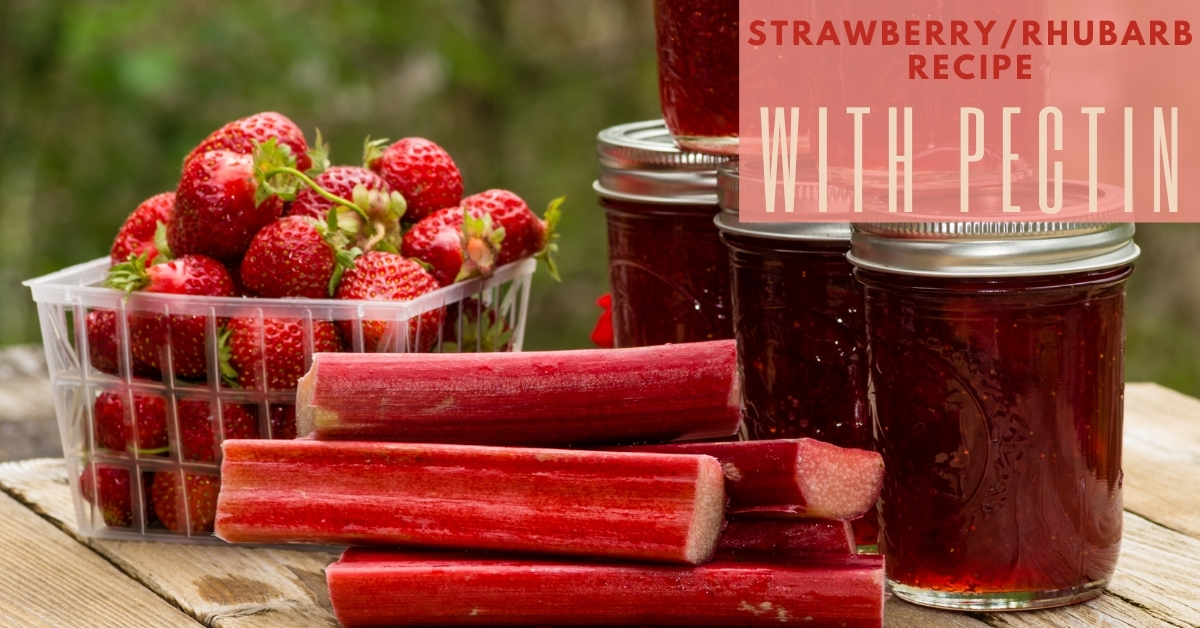
Ingredients for Strawberry-Rhubarb Jam
This recipe makes 5 1/2 pints of jam; you may use pint jars.
- 1 quart or 4 cups of frozen organic whole strawberries-(20 ounces or 567 grams)
- 2 cups of frozen organic rhubarb-sliced thin (8.6 ounces or 243.8 grams)
- 1/4 cup fresh squeezed lemon juice ( 1 medium to large lemon)
- 1 package of Sure-Jell powdered pectin
- 4 1/2 – 5 1/2 cups of organic unrefined cane sugar ( 4 1/2=31.7 ounces or 898.7 grams)
- Save the lemon rind (read my blog post on Lemon Health Benefits)
- (Still speaking of lemons, my other blog post on a Lemon-shine cleaner can be found in Non-Toxic Cleaners)
Cooking Directions for Strawberry Rhubarb Jam
- Add the strawberries, rhubarb, lemon, juice, and the pectin
- Cook over medium-high heat and bring to a rolling boil
- The rhubarb is tough, using an immersion blender was needed to ensure all the fruit had the same consistency
- Add all the sugar
- Stirring well
- Be Patient, this next step takes almost as long as the first boil, as long as 10 minutes for the next step!
- Boil for 1 minute-(don’t start the timer until it reaches a boil again), then stir well for 1 full minute
Canning Jam
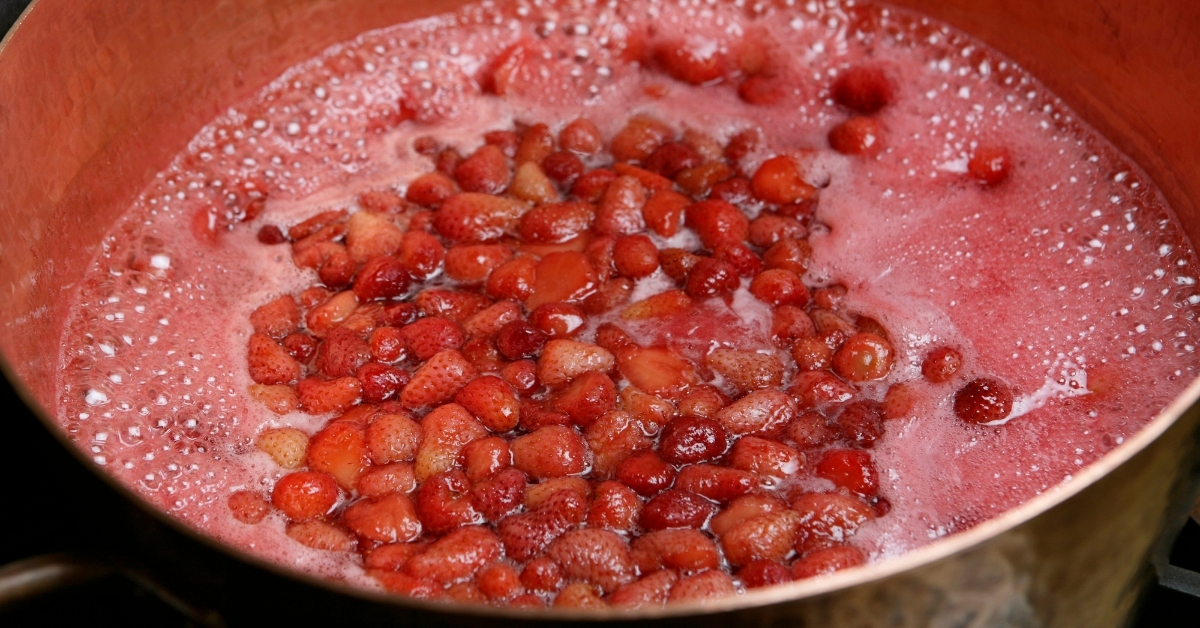
- Scoop off the foam or scum (there is normally quite a bit)
- Adding 1 teaspoon of butter is an option for reducing the foam
- Lad;e the jam in jars, leaving a 1/4″ head-space
- Wipe the rim with a sterile, damp muslin towel
- Place the lid on the jar
- Put the ring on, snug but not too tight
Water-Bath Method for Canning Jam
- See the directions below in this blog, How to Use a Water-Bath Canner
- For this recipe, use the water-bath method for 10 minutes for 1/2-pint jars
- 15 minutes for pint-size jars
- Invert upside down on a wooden rack for 5 minutes (full directions to build one is DIY Heavy-duty canning and cooling rack)
- Place upright to cool after 5 minutes
- 24 hours later
- Remove the rings
- Inspect the seal button is down (if not put in the refrigerator)
- Wash the jars and where the ring was with warm, lightly soapy water
- Dry thoroughly
- Mark the lid with the name and date
- Store in a cool, dry, dark place
- If giving as a gift, include all the ingredients on the tag
Recipe #2 Strawberry Jam Without Pectin
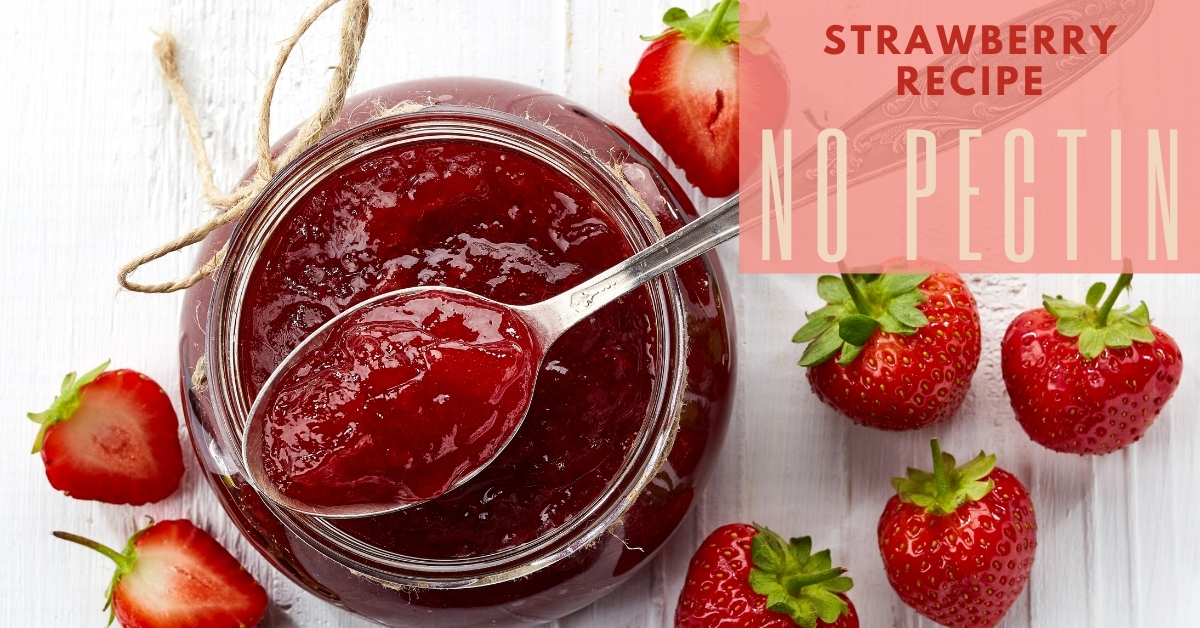
Ingredients for Strawberry Jam
This recipe makes 7 1/2 pints of jam; you may use pint jars.
- 2 quarts or 8 cups of frozen organic strawberries (41 ounces or 1314 grams)
- 6 cups of organic unrefined cane sugar (42.3 ounces or 1200 grams)
- It is recommended not to reduce the sugar in this recipe
Cooking Directions for Strawberry Jam
- Heat and thaw the fruit slowly if using frozen strawberries
- Bring to a simmer, to start cooking the berries-approximately 5 minutes
- (If not using frozen strawberries, add the berries and the sugar all at once)
- Add all the sugar
- Constantly stir until the sugar is dissolved
- Raise the heat to high
- Cook until thick (approximately 40 minutes)
- Stir so the mixture does not stick
- Once thick and gelled
- Remove from the heat
Canning Jam
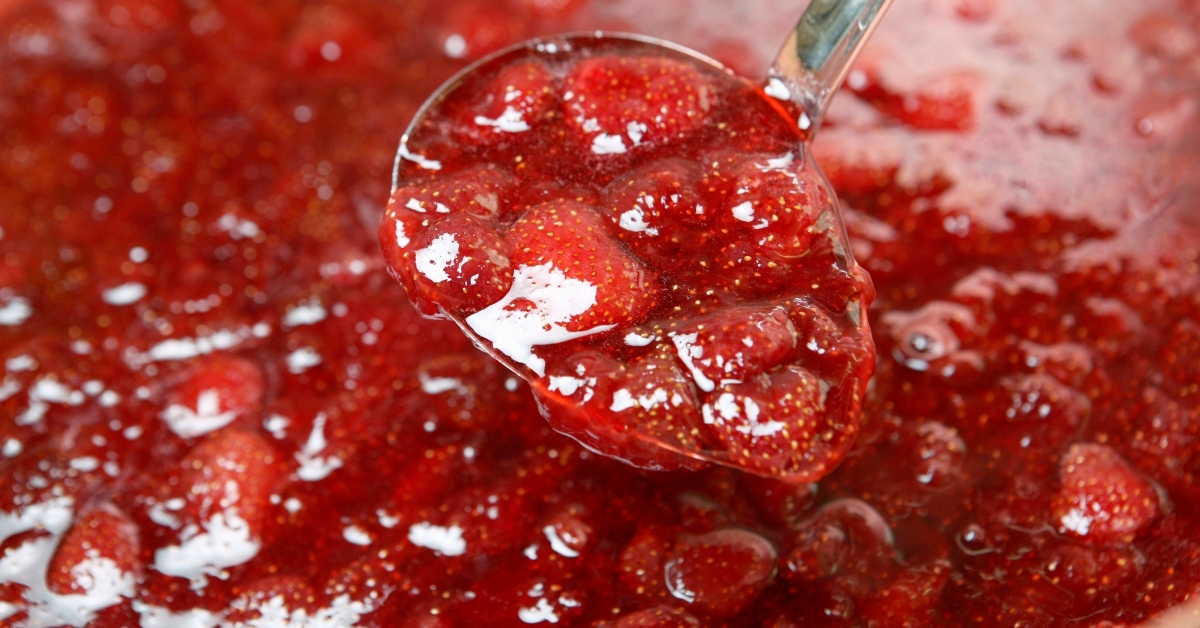
- Skim off the foam or scum (there should be very little to none at all)
- Ladle the jam in jars, leaving a 1/4″ head-space
- Wipe the rim with a sterile, damp muslin towel
- Place the lid on the jar
- Put the ring on, snug but not too tight
Water-Bath Method for Canning Jam
- See the directions below in this blog, How to Use a Water-Bath Canner
- For this recipe, use the water-bath method for 10 minutes for 1/2-pint jars
- 15 minutes for pint-size jars
- Invert upside down on a wooden rack for 5 minutes
- Place upright to cool after 5 minutes
- 24 hours later
- Remove the rings
- Inspect the seal button is down (if not put in the refrigerator)
- Wash the jars and where the ring was with warm, lightly soapy water
- Dry thoroughly
- Mark the lid with the name and date
- Store in a cool, dry, dark place
- If giving as a gift, include all the ingredients on the tag
What Types of Fruit are Needed to Make Jams?
Quality fruit: ripe but not too much, firm, fragrant, seasonal … The ideal being local fruits (picked at maturity and not refrigerated for transport) …
Too ripe fruits are not recommended because they contain less pectin (which is used to gel) and the taste may be too pronounced or altered …
If needed you can use frozen fruit. If your fruits are organic, it is not worth it to peel them (when the skin is edible …).
On the other hand, if the fruits have undergone chemical treatments it is better to peel them.
What Supplies are Needed to Make Jam?
- Large saucepan with a thick bottom to cook, usually an 8-10-quart pan or pot
- Glass canning jars, lids, and rings
- Measuring cups
- Saucepan to heat lids and rings
- Foam skimmer
- Jar lifter
- Nonmetallic spatula
- Spoon to stir
- A small ladle to fill the pots and glass jars
- Funnel
- A candy or jelly thermometer may be useful but not essential
- Water-bath canner pot with a rack
- An immersion blender (optional)
- Cooling rack
- Finally, vary the pleasures and flavors by adding according to your desires: spices (vanilla, cinnamon, ginger, pepper, cardamom …), aromatic herbs (basil, rosemary, thyme, mint …), pure-food-grade essential oils, dried fruits (nuts, almonds, grapes, figs …) … Some even add a little alcohol … Let your imagination go!
Sweeteners Used to Make Jam
- Sugar: Sugar aides in the gel formation, helps with the preservation, and enhances the fruit flavor. Sugars such as cane, beet, white, and coconut sugar are some of the choices to use for sugar. The choice is vast!
- Light corn syrup: could replace some of the sugar. If not adding pectin, up to one-fourth of the sugar can be replaced with corn syrup. If adding powdered pectin, you can replace half of the sugar with the light corn syrup.
- Honey: Honey may replace sugar in jams. If no pectin is added, honey can replace one half the sugar. In adding powdered pectin, 2 cups of honey can replace 2 cups of sugar. It is best to use a honey that is mild and light in flavor so as not to compete with the flavor of the fruit.
To Use or Not Use Pectin When Making Jam?
To obtain a jam with good resistance or to avoid ending up with a liquid jelly, it is possible to use gelling agents of different types: pectin is a vegetable substance with gelling power.
Pectin is naturally present in fruits but unevenly. Thus, the cores and zests of citrus fruits, apples, gooseberries, and quince are particularly rich in pectin.
Peaches, strawberries, pineapples, melons, cherries, raspberries, pears, rhubarb, are relatively poor fruits in pectin.
How to Make Jam and Use the Gel Test
The jams cook on high heat, without a lid, between 20 and 45 minutes. It is necessary to stir regularly. To find out if the ideal consistency of jam is reached, place a drop of preparation on a plate. This is also known as “a sheeting off test”. Wait a few seconds, if the drop sticks and does not flow while tilting the plate, the jam is ready.
A simpler method I use regularly is to place a very cold spoon in the hot jam/jelly while held over the pan. Let the mixture drip back into the pan. Once it divides itself into 2 separate drips, it is ready to finish processing.
Preparation for Canning
To prepare for canning, everything in the kitchen should be sterilized beforehand to ensure optimal preservation. After carefully washing the jars, rings, and lids in hot, soapy water, rinse with very hot water, you will need to immerse them in a saucepan of boiling water for 20 minutes and drain them upside down on a clean cloth.
Another method that I use often, after washing and rinsing the jars is to place the jars on a rack, upside down in a warm 200-degree oven until ready to add the jam.
A pan of very hot water is also added to the oven that houses the rings for the canning jars. I love using the warming rack in my woodstove if I am making jam in the winter.
What Foods Use the Water Bath Method?
The water bath canning method is recommended for high-acid vegetables, jams, and jellies. Water-bath canning is also used for fruit juices, fruit, syrups, tomatoes, ripe pimiento peppers, sauerkraut, all pickles and relishes, and some fruit butter.
A water bath canner is recommended for almost all processed foods at home. Directions on how to water bath can be found Water Bath Canning, please follow the directions to ensure safety standards are met or follow along with me below.
How to Use a Water-Bath Canner
- Use a canning rack if possible
- If the rack is not available, use a thick folded dry towel
- Fill the canner with 4-5 inches of hot water
- Prepare an extra pot of boiling water to add to the canner if short on water
- Prepare ingredients according to the directions
- Place hot-filled jars with lids and rings into the canner
- Do not let the jars touch
- Add additional hot water to cover the jars by one to two inches
- Place a lid on the canner
- Wait for the water to begin boiling before counting the time
- Boil according to the recipe’s direction
- Recycle the canner water in the garden once cooled
Problems that May Occur When Canning Jam
- If your jam is too liquid, just cook it for a few minutes to thicken or use a gelling agent.
- If your jam is too thick, mix it with a few spoonfuls of lemon juice or fruit juice mixed with the scent of jam or boiling water. Keep it in the refrigerator and consume it quickly.
- If the jam develops mold, it is very likely the place of storage that is too wet or the amount of sugar that is not sufficient.
- When jam crystallizes, it means that it is overcooked or the amount of sugar is too high and there is no real solution.
Giving Jams as Gifts
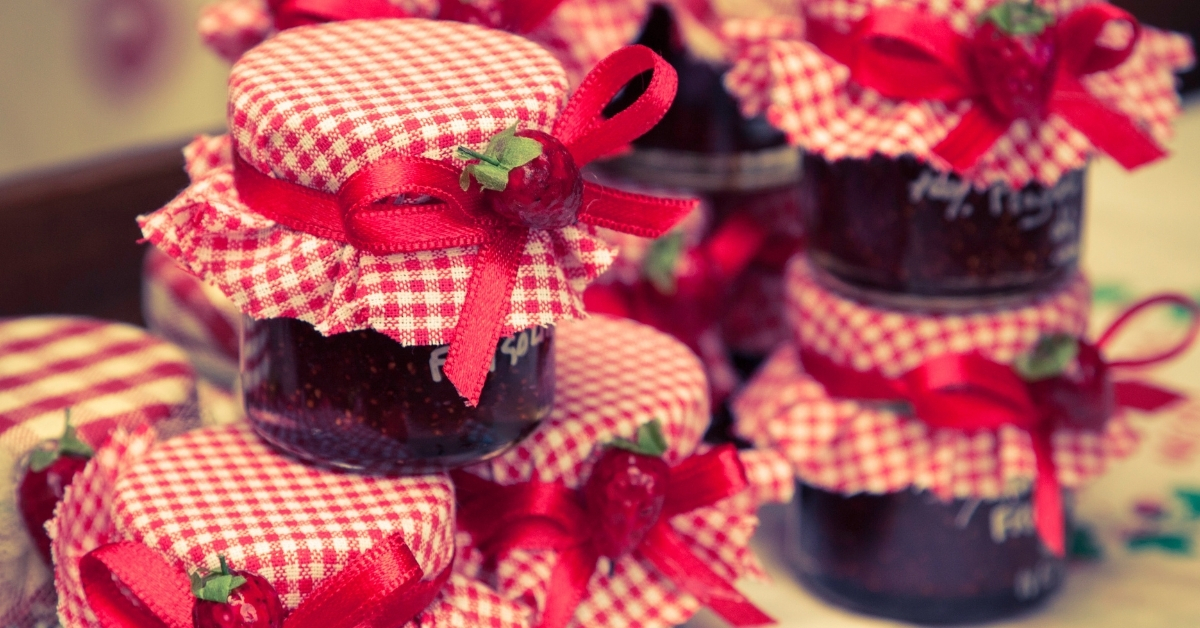
A jar of homemade jam is a gift appreciated by gourmets, young and old… There are 1001 reasons to offer a jar of jam: thank a neighbor, a school teacher, a piano teacher, center animator leisure, during an invitation, in memory of holidays, etc.
How to Store Canned Goods
The jam jars can be stored in a cool place, protected from light and dampness. In general, jams do not keep for years. It is reasonable to eat them in the year. Once the jar is opened, it is advisable to place it in the refrigerator and consume it within a month.
In Conclusion on How to Make Jam
Congratulations, you did it! Would you like to try “Apple Pie Jam“, I have a whole post full of information and a free recipe to download and try. I promise, once you make an easy jam in this recipe, you are on your way to making many more types.
How to make jam is really easy when you have the full instructions and video as I have outlined in this post. I hope you will try making jams yourself, it’s very rewarding!
Canning with hot jars means you should use thick dry towels or better yet, why not use a canning and cooling rack you can build yourself at the post-DIY Canning and Cooling Rack with 2 Options. You don’t even need power tools and that option is also provided.
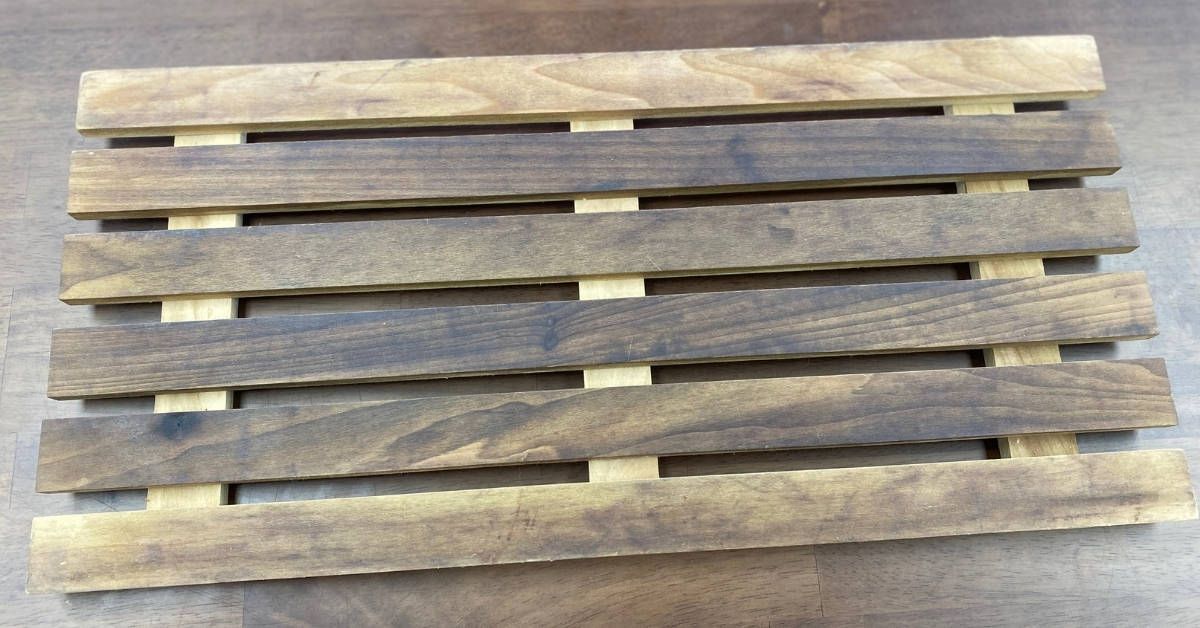
Mini-Series Blogs and Videos
Part 1: Jams with and Without Pectin this blog post
Part 2: How to Make Homemade Raw Milk Butter
Part 3: How to Make Buttermilk DIY
Part 4: Cacao Recipes with Whipped Cream
Part 5: Moonshine Vanilla Extract
Part 6: Pound Cake
Part 7: 2 Free DIY Cooling Rack Options
Shop Here:
We are a participant with the Amazon Services LLC Associates Program, an affiliate advertising program designed to provide a means for us to earn fees by linking to Amazon.com and affiliated sites.
You will not incur extra fees or charges for using the links. We only recommend items we believe in and have tried. If I personally make or sell an item, I will mention this in the post for each item.
>
Please subscribe:
Thank you for stopping by and reading our blog. If you haven’t signed up for our newsletter, please take a moment and do so. We will not sell, share, or use your contact information.
We are also ad-free and will not inundate you with unnecessary emails. Click the button below to join our community and receive our newsletter.
Please see the footer for FBC Disclaimer, Privacy Policy, Terms and Conditions.
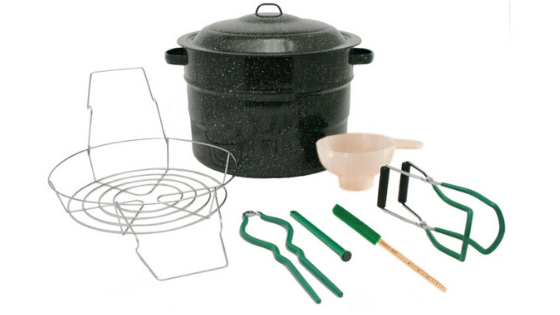

Pingback: Jam Recipe In The Bread Machine ⋆ Farmhouse-bc
Pingback: Homemade Raw Milk Butter ⋆ Farmhouse-bc
Pingback: Non-Soggy Quick And Easy French Toast Recipe ⋆ Farmhouse-bc
Pingback: Easy Apple Pie Jam ⋆ Farmhouse-bc
Pingback: Easy Homemade Buttermilk DIY In 2 Ways ⋆ Farmhouse-bc
Pingback: Moonshine Extracts Made Easy! ⋆ Farmhouse-bc
Pingback: 2 Free DIY Cooling Rack Options ⋆ Farmhouse-bc
Pingback: Sourdough Apple Danish Aebleskiver - Farmhouse-bc
Pingback: Super moist pound cake from scratch - Farmhouse-bc
Pingback: Hate Grocery Shopping? Stock up the Pantry this Fall! - Vintage Kitchen Vixen
Pingback: The Fluffiest Sourdough Waffles for Two - Farmhouse Basic Collection.
Pingback: Homemade Ice Cream-Eggless - Farmhouse Basic Collection.
I try and make what I can without pectin, even though it does usually require more sugar. I have not experimented with recipes that recommend pectin and not used it because it’s not worth losing the fruit if I mess up. lol It’s a lot of fun making jams, I do not make too many jellies except grape jelly. You be able to adapt your own recipes once you make more 🙂
I only started making jams and jelly last year and I love it! Having homemade gifts on hand is the best. Have you tried making your own pectin with apple cores? I know that was done during WWII when sugar was rationed, but I have no idea how to go about thickening jams like that. Any ideas?
Love the idea of canning through the winter, rather than in the heat of August!
Yum! I love everything strawberry and rhubarb. Definitely need more jam in my life.